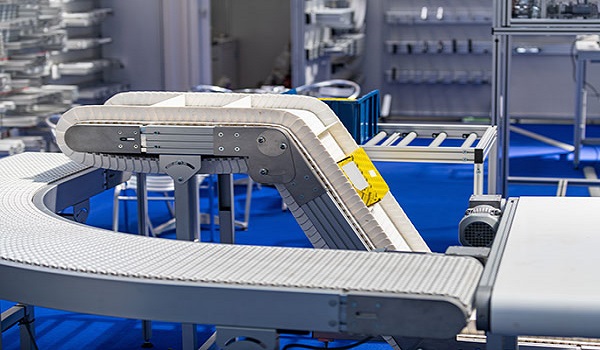Bakery and meat sectors drive demand as industry eyes smart conveyor systems and expansion in Asia Pacific
The global food conveyor market is poised for robust growth, driven by rising demand for automation, stringent food safety regulations, and innovations in hygienic system design, according to a new report from Persistence Market Research. The bakery and meat processing sectors are at the forefront of this growth, while regions like Asia Pacific are emerging as new engines of demand.
Conveyors—an essential part of the food processing and packaging chain—are increasingly being integrated with advanced automation technologies to streamline operations, reduce labor dependency, and maintain stringent hygiene standards. The market, which includes systems used across bakery, meat, dairy, poultry, and beverage sectors, is witnessing a transformation as manufacturers prioritize sanitation, speed, and customizability.
The growing global appetite for processed and convenience foods has accelerated the need for efficient, contamination-free conveyor systems. Modern conveyor designs are focused on reducing manual handling, ensuring faster throughput, and complying with government food safety mandates. These developments are especially critical in high-volume sectors like baked goods and meat processing, where hygiene and efficiency are paramount.
“Conveyors are no longer just mechanical movers—they are becoming smart, sanitizable systems tailored to the precise needs of food processors,” noted the report.
Geographically, North America continues to dominate the market due to its mature food processing industry and rigorous safety standards. The U.S. and Canada are adopting smart conveyor systems at a rapid pace, driven by demand for ready-to-eat meals and cold chain logistics innovation.
Meanwhile, Asia Pacific is emerging as a key growth frontier. Large populations, increasing urbanization, and rising demand for packaged foods in countries like India and China are prompting significant investments in food automation technologies, including advanced conveyor systems.
Among all end-user segments, the bakery industry remains the largest adopter of conveyor systems, thanks to its high-volume, temperature-sensitive processing needs. Meat processors follow closely, requiring durable and hygienic equipment to handle irregular product shapes and maintain food safety.
Key Trends Shaping the Market
- Smart Conveyor Systems: IoT-enabled conveyors that allow real-time monitoring, predictive maintenance, and operational efficiency are gaining traction.
- Material Innovation: Stainless steel remains the gold standard for food-grade conveyors, while plastic and rubber-based systems are preferred for flexibility in certain applications.
- Segment-Specific Design: Dairy and beverage industries are increasingly adopting conveyors with gentle handling capabilities to preserve product integrity.
While the growth outlook is strong, high capital costs and ongoing maintenance requirements remain challenges, particularly for small and medium enterprises. However, the push for automation and the emergence of smart, modular conveyor systems present significant opportunities for market players.
As hygiene, automation, and efficiency become non-negotiable in the food industry, conveyor systems are evolving from simple transport tools to critical infrastructure that shapes how food is processed, packaged, and delivered. With smart solutions on the horizon and demand rising in emerging markets, the conveyor market in the food sector is set for sustained growth through the rest of the decade.


